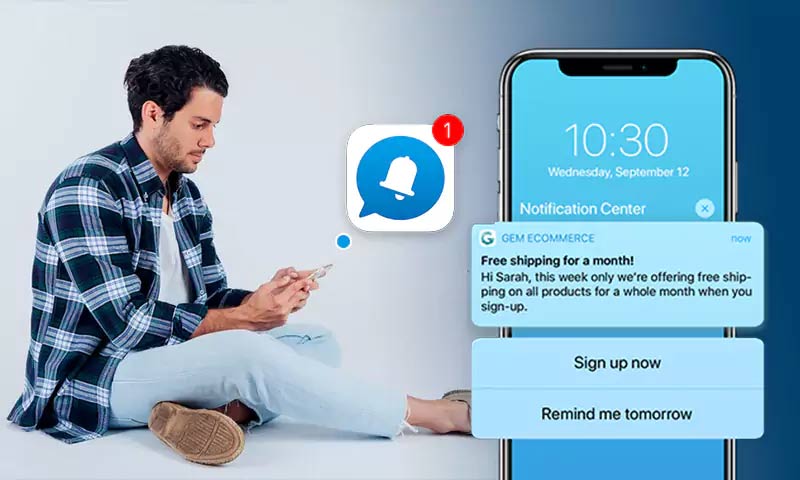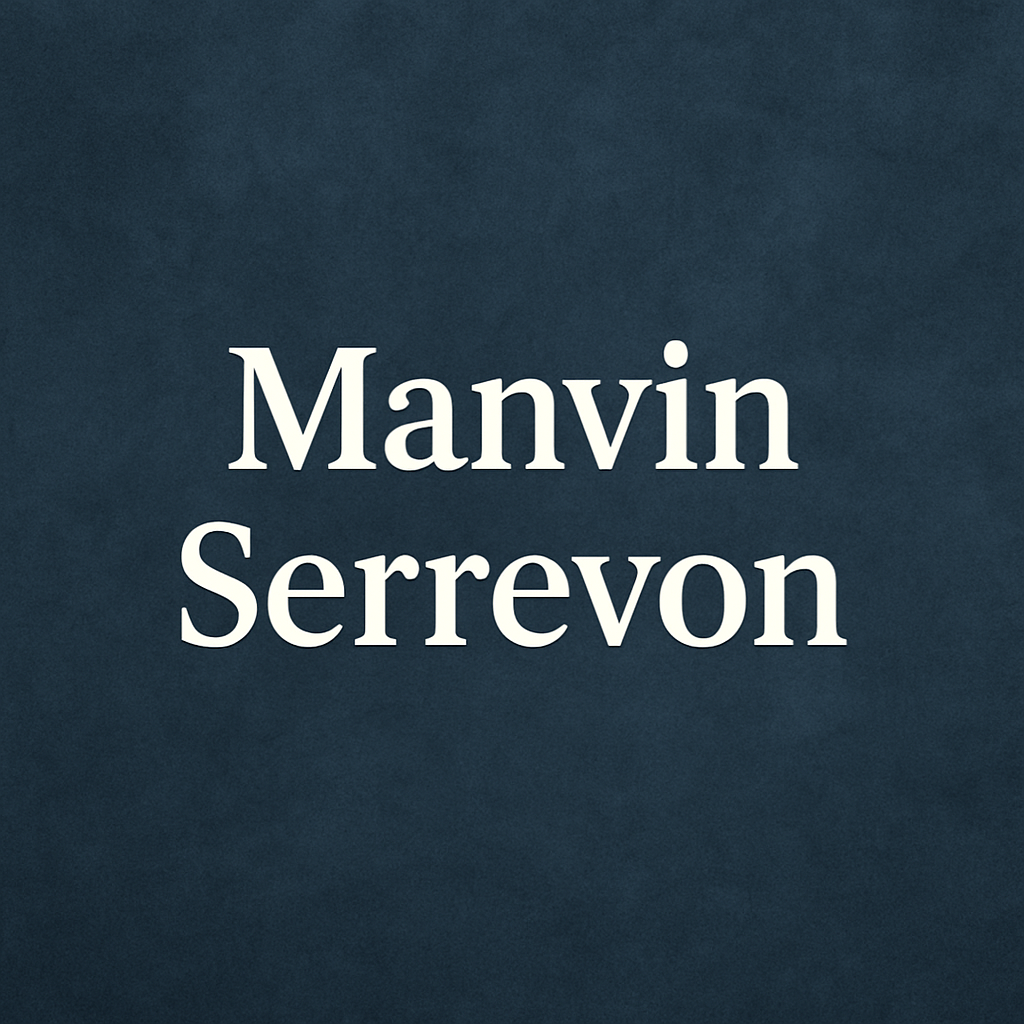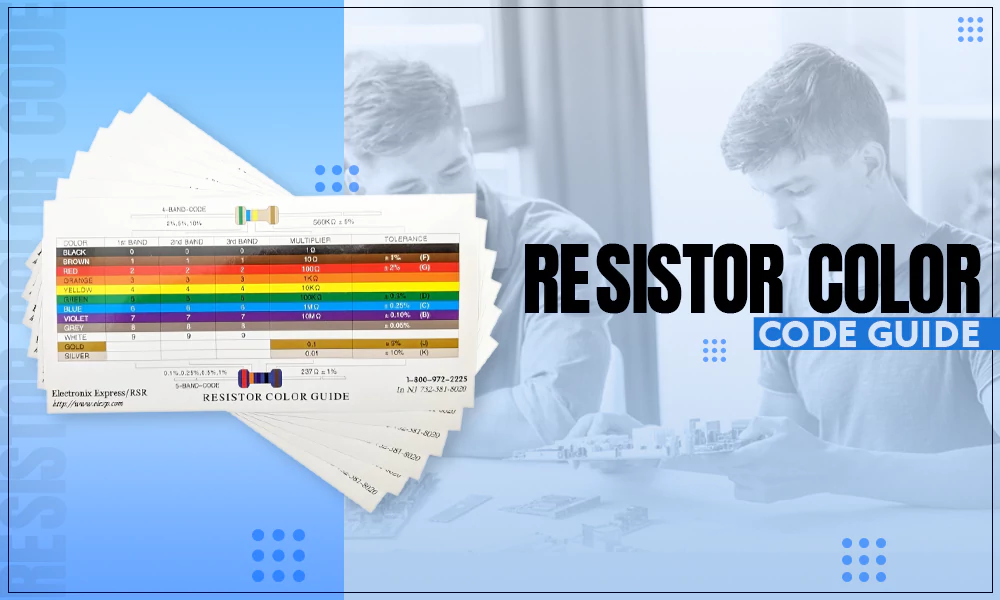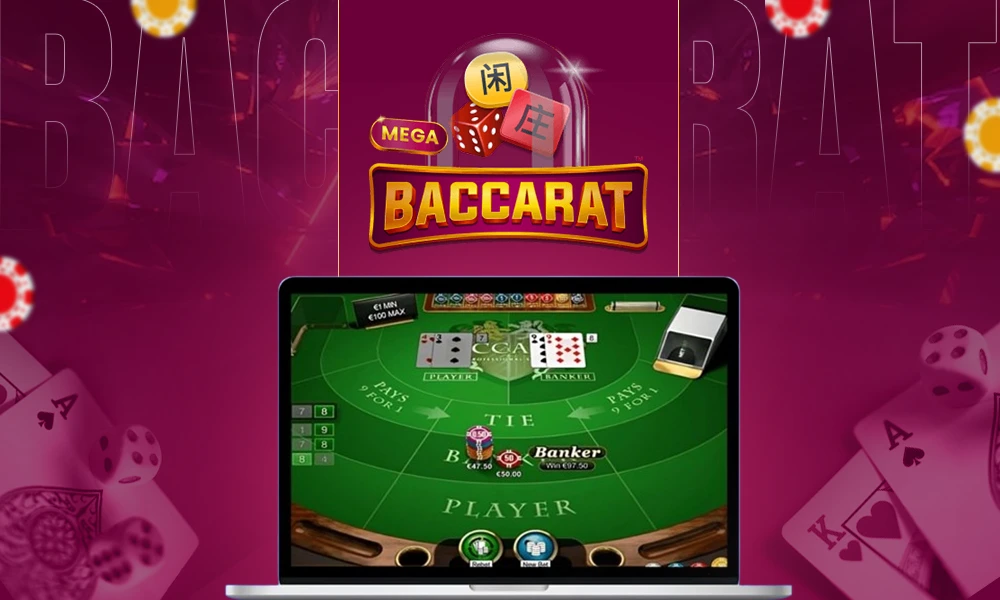Everything You Need to Know About Push Notifications for App

Over the last two decades, there have been several changes in the advertising and marketing sector. During the heyday of the Internet, consumers shifted their focus away from more conventional media outlets and onto online platforms. Access to the Internet via PC was a gigantic step forward, but the greater connectedness made possible by cell phones has led to an even more profound change. Because of this, mobile advertising has become a standard procedure for any brand’s marketing efforts.
To promote your mobile app, you need to implement push notifications. Your users may get clickable pop-up messages called push notifications on any device and in any browser. They let businesses quickly reach their consumers with messages, deals, and other information. As long as the subscriber is connected to the Internet or has a web browser open on their device, they’ll get the messages.
Push notifications for various uses, including increasing user engagement, app use, and conversions. The potential outcomes are limitless. Thus, it’s the most efficient method of communicating with your audience. Learn everything you need to implement push notifications when launching a mobile app successfully.
What Exactly are Push Notifications?
Short alerts that flash up on the screen to prompt the user to do something are called push notifications. It’s best used in the niches like horoscopes, news, gaming, entertainment, sports, etc.
Interestingly, this method works in such a way that even if you and your buddy use the same app, you may get different messages. Therefore, implementing push notifications for app is a fantastic method of interaction between businesses and the audience. Here are some examples of popular sorts of push alerts for various apps:
- Coupon codes for savings on your next purchase
- Updates on sports scores
- Messages about abandoned carts
- Alert for a ride-share driver on the way
- An automatic notification when a meal delivery is on its way
- Triggered messages based on a location or action
- Reminder messages
- Updates on breaking news
- Welcoming a new user
As you can see, push notifications are adaptable. To further your knowledge as an app developer, you’ll also get access to analytics for your push notifications. Such data may be used to fine-tune future advertising efforts.
Why Do Push Notifications Matter?
Consider the flow of messages most people experience daily. Television, radio, outdoor advertising, online social media, and email marketing campaigns continue to inundate us with messages. The vast majority of such notices don’t concern us. However, push notifications are not like other types of messages. Users have shown their enthusiasm by installing a mobile app. Thanks to their attention, push alerts are more likely to be acted upon. That’s why it’s one of the main advantages of push notifications over email marketing.
Also Read:- Use push notifications to bring more visitors to website
One strategy is to alert users to breaking news through push notifications. With these brief, customized, and visually appealing updates, users are more likely to return to an app or website to see what’s changed. Another great benefit is that push notifications allow you to keep in contact with consumers by notifying them about deals and events.
You may benefit from using push notifications to streamline your customer service. They have a far greater open rate than text messages or emails while being much less intrusive. In addition, customer decisions may be influenced favorably by pop-ups that provide helpful information adapted to the individual user’s needs and expectations.
The Best Practices for Implementing Push Notifications Successfully
The truth is that users get hundreds of alerts on their smartphones every day. Customers can manage push notifications, so you have to really interest them in your product. If you want your push notification marketing efforts to be successful and seen by your clients, you need to follow the best practices:
- Segment your audience into subsets based on demographics like age, country of origin, operating system, and geography so you can customize your push notifications to each group.
- Plan when to deliver alerts to optimize user interaction.
- Remember that every step of the way counts when it comes to influencing your customers to take the desired action and adjust the material accordingly.
Push messaging may be a powerful tool for enhancing your marketing approach, allowing you to connect with your customers on a more personal level and ultimately bring in more money.
Conclusion
One of the most potent tools in mobile marketing today is push notifications. They’ve shown a great way to reach new people in specific niches. While push notifications have been available for a while, many publishers and marketers are only now realizing how useful they can be.
With push notifications, you can communicate with your subscribers quickly and effortlessly with a one-click opt-in, increasing your online reach without the hassle of capturing data via lead forms. The information mentioned above will help you develop a successful push notification strategy, craft appropriate messages, and select the best technology for your company.










